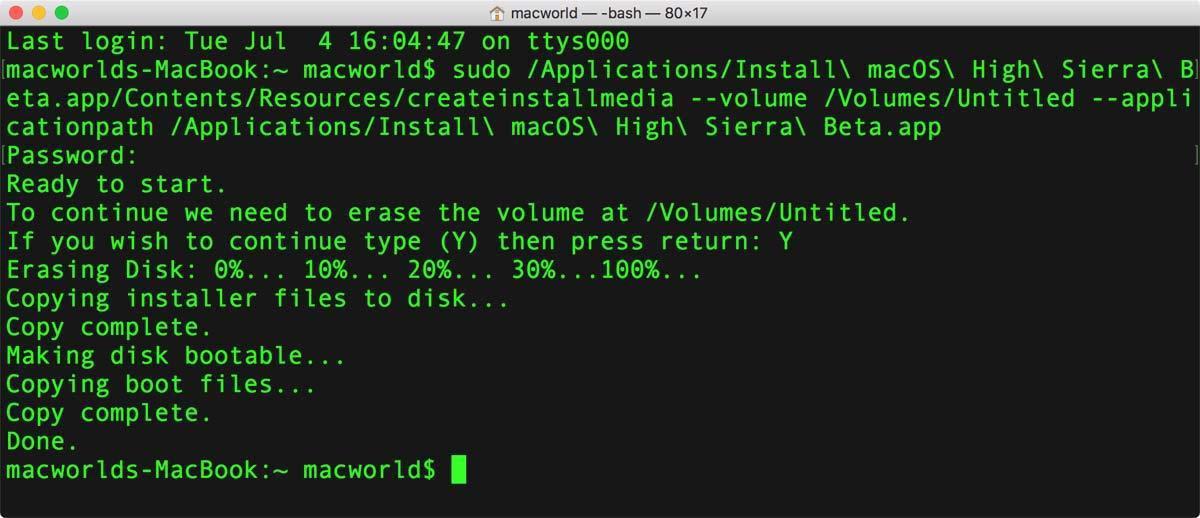
If the Mac has user-approved MDM enabled, the script reports the following: If the script verifies that the Mac is running macOS 10.13.4 or later, the script continues on to determine if the Mac has user-approved MDM enabled. Unable To Detect User-Approved MDM On, followed by the OS version. The script first checks the OS on a particular Mac and verifies that it is running macOS 10.13.4 or later. If the Mac is running an earlier OS, the script reports the following: For more details, please see below the jump. To help detect if a particular Mac has user-approved MDM enabled, I’ve written a script. Note: If your Mac is enrolled in Apple’s Device Enrollment Program (DEP), it automatically gets user-approved MDM. MDM enrolled, with user-approved MDM enabled MDM enrolled, without user-approved MDM enabled To do this, run the command shown below:ĭepending on your MDM enrollment status, you may see one of the following statuses shown below:Ĭomputername:~ username$ profiles status -type enrollment Starting in macOS 10.13.4, you can use the profiles command line tool to determine if a machine is enrolled into a MDM, and if user-approved MDM is enabled.

However, I would anticipate that this list will grow over time. UAMDM grants mobile device management (MDM) additional management privileges, beyond what is allowed for macOS MDM enrollments which have not been “user approved”. As of macOS 10.13.4, the only additional management privilege associated with UAMDM is that it allows you to deploy a profile which provides a white list for third-party kernel extensions. Starting in macOS 10.13.2, Apple introduced the concept of User Approved MDM Enrollment (UAMDM).


 0 kommentar(er)
0 kommentar(er)
